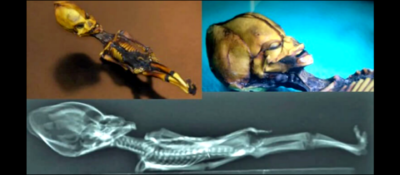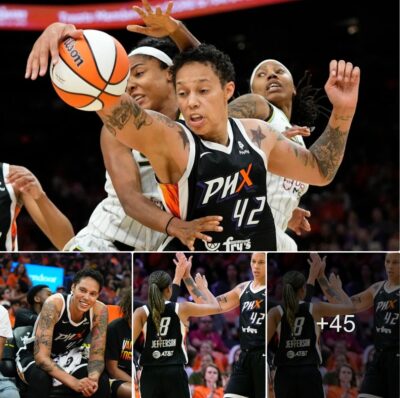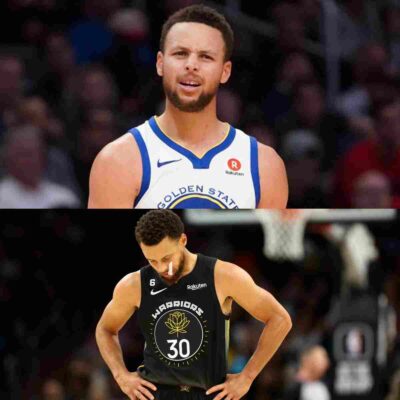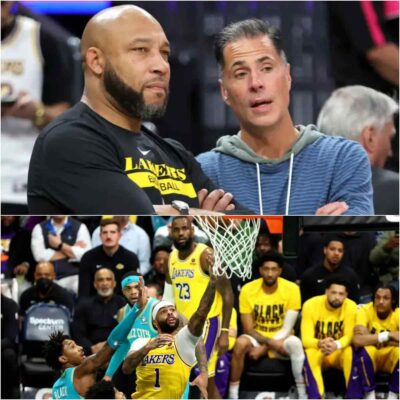/cdn.vox-cdn.com/uploads/chorus_image/image/73069973/1918196550.0.jpg)
Early on in Frank Vogel’s introduction to the media back in July, he mentioned that some of his initial conversations with Kevin Durant included a clear point of emphasis on the defensive side of the ball.
As far as things from the introduction from Vogel that intrigued me most, this was one of them. I was not able to attend or ask questions, but I certainly would’ve had a few more for him than were asked regarding his outlook and intentions, based on the group of players under his brain trust.
Nonetheless, here we are 40 games in, and (finally) starting to see pieces of the picture come together — with sustained health of the Big Three. Each of those three plays as a key cog in the defensive ceiling of this team, which ultimately plays into the general ceiling for them.
The last two games, more specifically and in different manners, have been a solid template for the manners in which the Suns can both dictate to opponents, compile stops, and display the requisite level of defensive production and activity — by way of versatility in scheme, personnel, and lineups — needed for them to be the “timely stops” team they have to be.
On the season, Durant is 2nd in blocks on the team, 5th in steals, 2nd in stocks, and 5th in deflections. His defensive PPP (points per possession) mark is 0.911, ranking in the 72nd percentile — very good. Against pick-and-roll ball handlers, he’s conceding a field goal percentage of just 38.1% — on a PPP of 0.755 which is also very good.
Against isolation, he’s in the 89th percentile, with a PPP of .615, while also ranking 82nd percentile in time spent in this defensive context. He’s defended the 48th most possessions in isolation, per Synergy.
In the isolation realm defensively, of 107 players that have defended 30+, his field goal percentage allowed ranks 5th. Additionally, his 24 points conceded here is T-7th in this crop of players.
On that volume, and considering the archetypes of players occupying starting wing positions, this is elite.
Against post-ups, he’s average in PPP at 1.091.
Following their comeback win against the Kings, Vogel shared valuable insight as to how Durant adds value and unlocks the versatility piece for them, defensively:
“He’s had four exceptional defensive performances for us, in the last four games, starting with Kawhi, then guarding LeBron, and then throughout the game in Portland, and then down the stretch guarding Simons, and then tonight guarding Sabonis. So when he puts his mind to it, he can really be a force on that side of the ball and defensively — he was a big part of this win tonight.”
With that in mind, let’s look at some of the values he brings to the defensive end, on film.
Starting with defense against post-ups, he almost always does his work early.
Notice how he initially plays topside on Jackson Jr. to take away the direct entry pass. Then, the game plan discipline with his foot angles in the post to keep leverage on Jackson Jr.’s left hand, forcing a redirect to his right, getting a contest up, but also not bailing him out by fouling.
All while sliding his feet and staying connected.
In regards to modern basketball, a ton of small forwards by nature have made the transition to the power forward position offensively, but struggle to hold their own defensively in that position — inside or out. Durant is not of that elk, as he leverages his ability to slide laterally, combined with his wingspan, as well as his wire-y strength.
This layer of his defensive dynamic is important to this Suns team especially, given the typical construct of lineups they use sees 3-guard renditions.
We see an occasional issue that comes up here, with a team like the Clippers who can exploit defensive size disadvantages when matchups shift.
If Durant’s able to stay attached, the lowman doesn’t have to cross the helpline and contest the catch over the top, because Durant can stay solid and keep the shell intact.
The decisions that stem one after another, it’s compromising.
Here, it’s independent of the result because Kawhi is in the shot-making realm of elite play.
Notice Durant navigates the slice screen for Leonard, then pushes the catch point closer to the three-point line. Following that, notice the contest.
This is what separates Durant a lot of times, with his abilities to eat up space and get undisciplined, yet impactful contests like here — where many can’t stick with Leonard and contest as he elevates, even more.
Leonard is 3-for-7 from the field in 9:27 being guarded by Durant, with 7 points this season. That’s the perfect transition to speaking on the effectiveness that his contests have. His length and ability to impact decision-making as a result of his length is a weapon he uses strategically and defensively.
Here he’s doing so as a helper off the nail, and notice the reaction it garners from Smart, mid-shot.
Involved directly in action now, we see him on the high switch, again with Smart.
Notice the under, which Marcus Smart certainly sees in pick-and-roll or on handoffs, with relevant frequency. The difference is, where normally a pull-up pocket is conceded to him with no true contest, Durant can duck under yet still get up an effective contest that alters the release as well as the typical trajectory on release.
No stat for these impacts, but you can see the effect.
He has bouts at times with overhelp, as he has a desire to impact the ball and force teams into tough situations. However, with how Bates-Diop (proving a scenario where he provides plenty of value, allowing Durant to guard a lesser usage wing) effectively takes Jackson Jr’s left hand away here, and even terminates the dribble, Durant’s involvement is unnecessary.
A corner hit is conceded, but look at the contest he’s still able to get up a great contest at the release point.
He’s, off stature, not capable of being the screen navigator that a Matisse Thybulle is. However, he does an excellent job not dying in screens, and because of his length, he can often still impact a release with rearview contests, and even the threat of a contest from behind.
Notice his route back to Leonard after trailing after jumping topside to top-lock the wide-pin. Then, notice how well he contests and again impacts the release.
The physicality he plays with off-ball is an underrated aspect of his defense, and he’s often involved in that way in some capacity, early on in action.
Again in isolation this time, with Leonard here. Notice how he plays with his top foot, knowing — as an all-time great especially in isolation — that Leonard’s reading his foot angles.
The ability to open up after Leonard’s rip through, stay in lockstep and then contest again with effectiveness, all uncanny for someone of his stature.
Another rep going under, and an effective contest that impacts the release.
(Hat tip to Booker for this cross-court next switch to flatten Reaves out.)
James this season, when guarded by Durant in 7:56: was 1-for-6 with 5 points and 3 turnovers.
Here’s another with James, and the rarest of occasions where we see someone “speed” LeBron up.
From the navigation of the screen to Durant reattaching and closing air space, then the angle to slide and cut off the baseline, forcing the turnover.
Then, again, his activity sparked a look in transition.
Notice also, next, how he impacts Christie’s release, with his off-hand, while also keeping him in that direction in “weak” coverage. Again, this leads to a look on the break.
The dynamic of length defensively is hard to explain without redundancy, but can easily be seen and felt when on the floor, against it.
It’s the equivalent of night & day, whether on the ball and trying to create space or when a player is in a passing lane. He’s able to have a stake in the conscience of a players decision-making, and often ultimately impacting it.
Look at how active, with size, he is at the nail here. Condor-like.
That passing window is non-existent but has a chance against someone smaller, which is why Reaves so comfortably attempted it.
Durant’s stingy on the rare occasion that he’s stationed at the nail in support (as well as when he’s the lowman).
His activity there enables opportunity in transition where he’s one of the best in the league and the Suns are also at their best.











